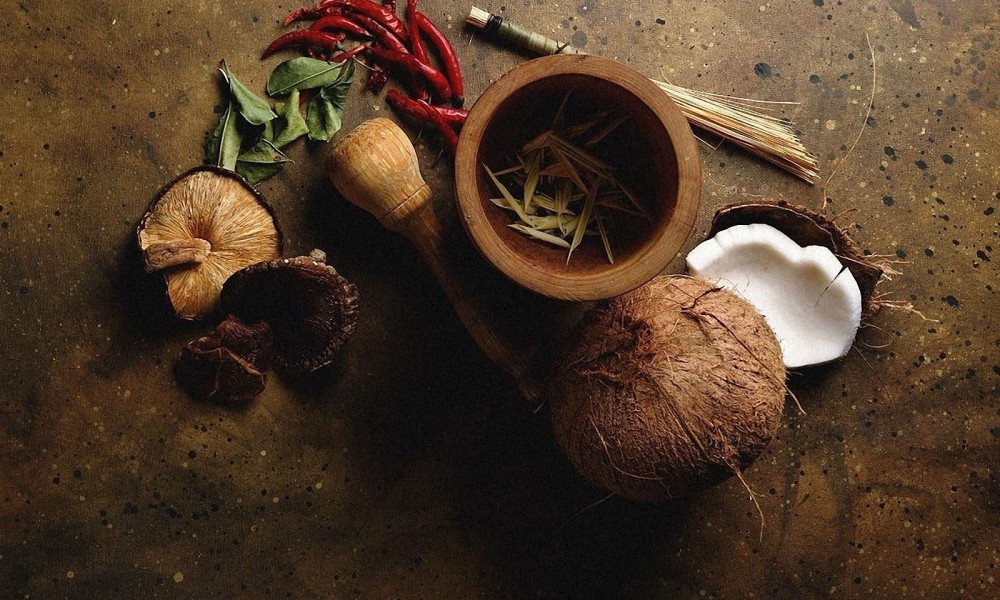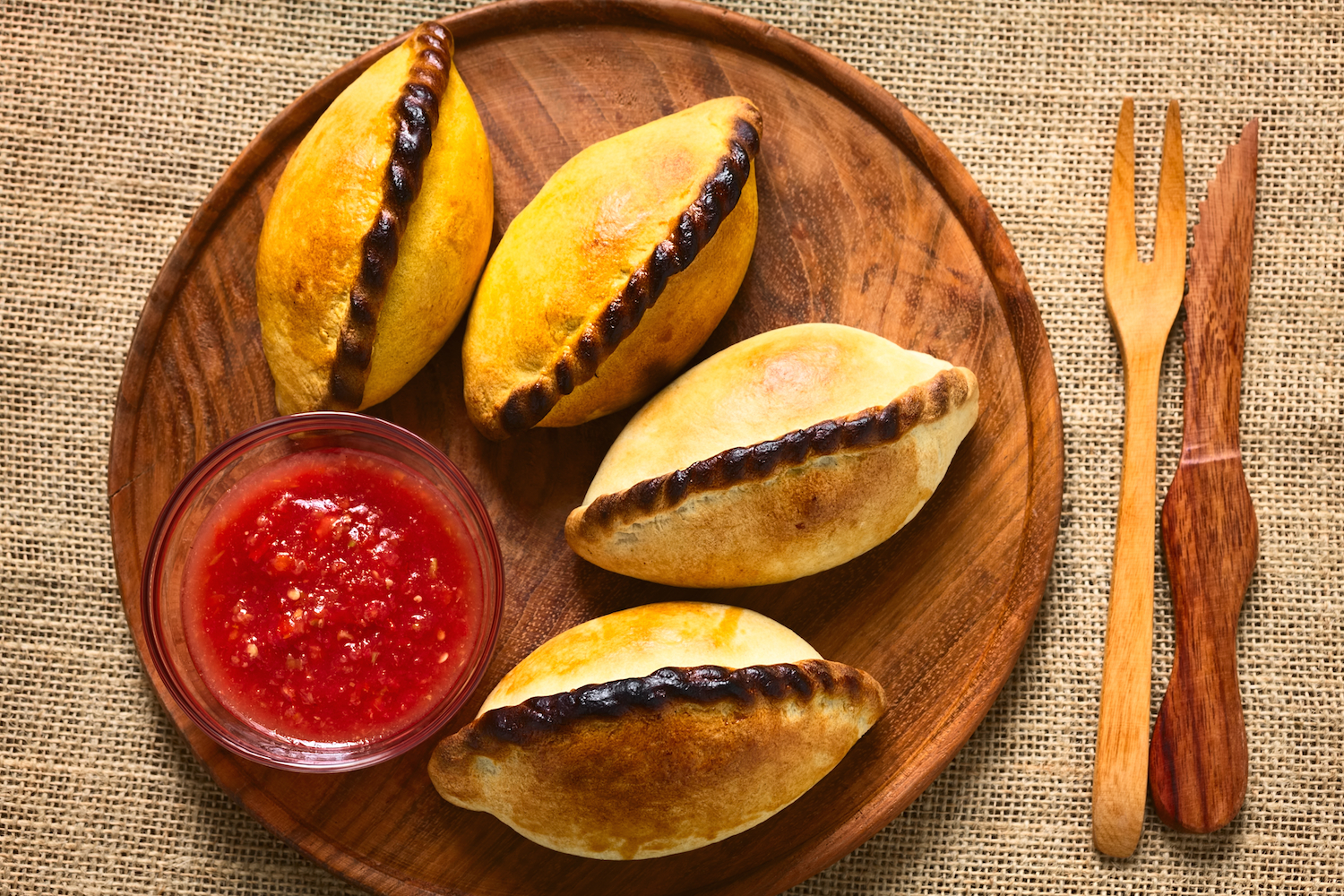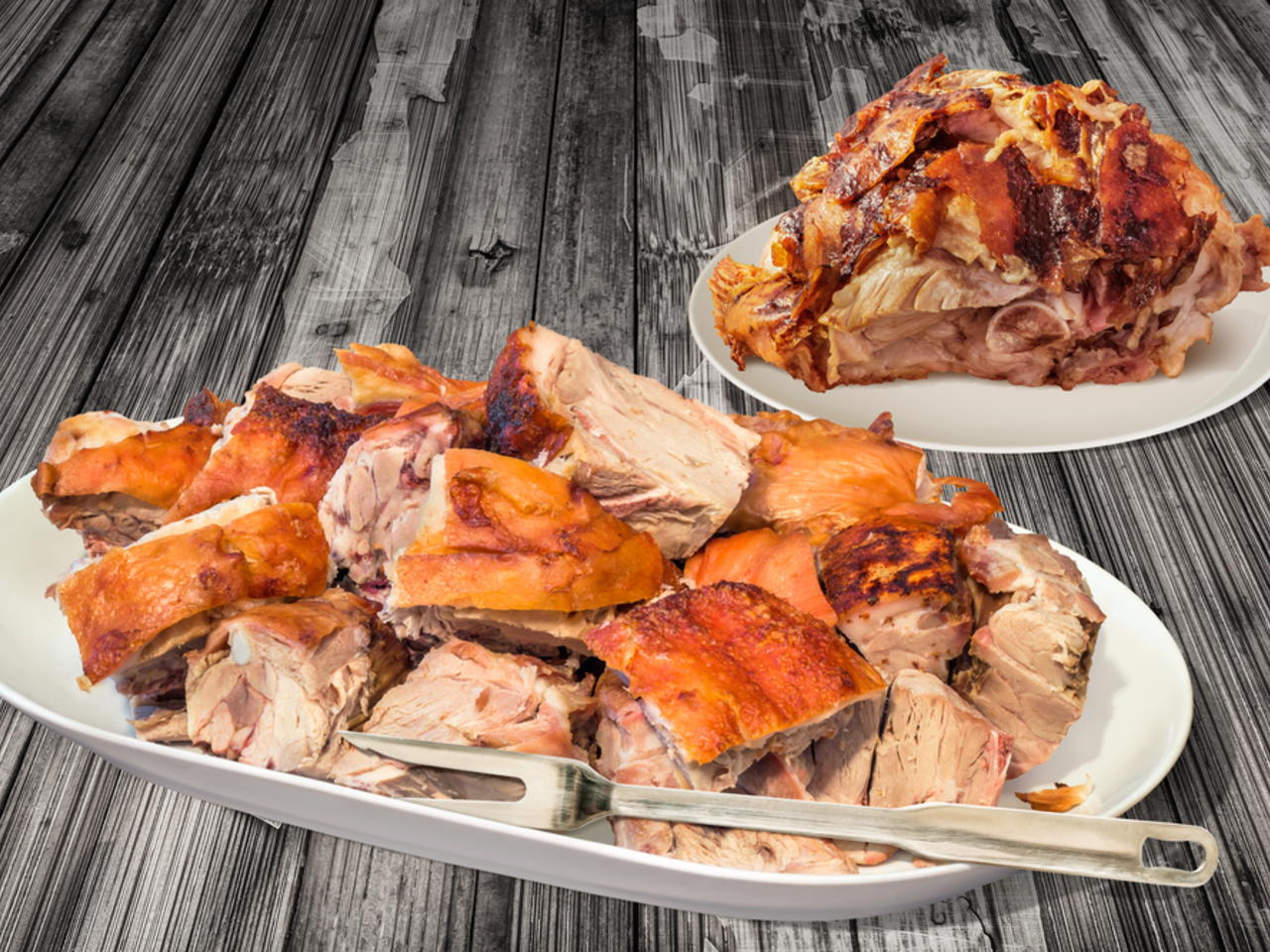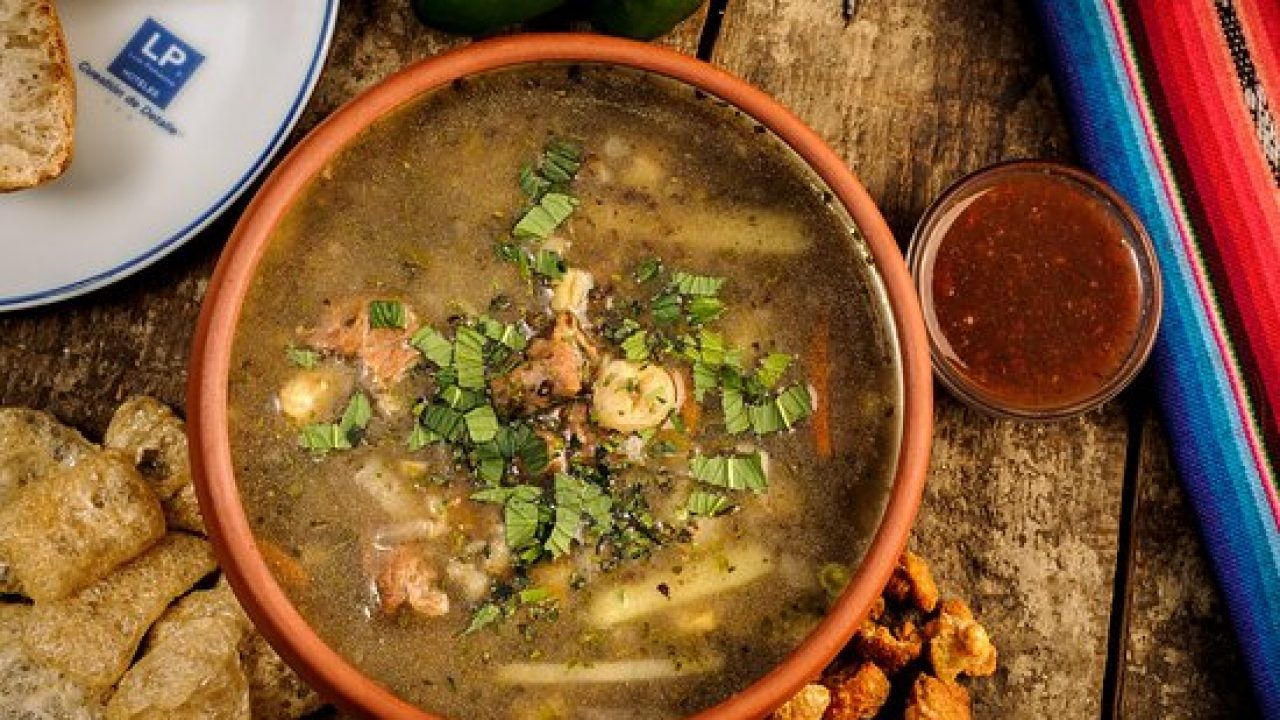What do they eat: Bolivia

Bolivia is the South American country that has become famous as the most isolated area hidden away from prying eyes. Perhaps, that is why it preserved its ancient traditions, especially, gastronomic ones.
Although the birthplace of lamas and cacti is considered as a poor country, it does not prevent the natives from cooking great foods rich in ingredients and spices. In contrast to many other Latin American countries, the Spanish influence on the Bolivian kitchen is not so evident. Most of the specialities are cooked using the same recipes and the same ingredients that come from the original source. Local favourites often vary from region to region, each area has its own comidas típicas (traditional dishes), and cooking technology is kept in the strictest confidence. Photo imujer.com
Photo imujer.com
Great-grandchildren of the Incas, the same as their ancestors, support a meat-centred food tradition. Being a landlocked country, Bolivia is obviously not the place to come for seafood, nevertheless, fish features regularly on menus as gifts of rivers and lakes. To tell the truth, Bolivia is a paradise for meat eaters, able to blow away by cooking styles of favourite product. One of the country most popular meat snack is the Salteñas or small savoury pastries filled with meat, garlic and raisins. Photo fromthegrapevine.com
Photo fromthegrapevine.com
With hearty meat, Bolivians necessarily serve no less nutritious side dishes, often with rice, corn or potatoes. For instance, ingredients of the Lechón al Horno in addition to fried pork and bananas, still include sweet potatoes; and stewed chicken is accompanied by salad and potatoes, this potential business lunch is named Picante de Pollo. Meat is also cooked as a separate dish: Pollos Spiedo is a chicken fried on the fire, or Charque is a fried dried alpaca. Meat solo performance is usually enhanced by spicy notes of the sauce that completes every meal process. Bolivia in general is difficult to imagine without Llajua a hot sauce made from tomatoes, small chilli peppers and herbs. Photo craftlog.com
Photo craftlog.com
And a few words about fish... Although it is not the dominant product in the stocks of the average citizen, yet it is worthy to mention some specialities that shall be sampled while staying in the country: it is succulent fried Trucha (trout) harvested from the famous Titicaca Lake, and kingfish, referred to as Pejerrey. Photo edition.cnn.com
Photo edition.cnn.com
Almost every cuisine features a soup, the favourite of the majority of countries for many centuries. Bolivia is no exception. They have their signature soup Chairo, the rich stew, a little similar in ingredients of our first meal: meat, potatoes, onions, carrots, and even wheat and corn. Photo unarecetamas.com
Photo unarecetamas.com
In addition to specialities somehow familiar to us, local chefs like cooking things that surprise with the first bite, such as Lomomontado. No, it is not mint dessert, but egg steak with fried bananas and rice. As you can see, fragrant yellow fruit is fairly widespread here and for some reason, it is often fried, or mash into a puree, as for another classic culinary delight of Masaco, which includes bananas and alpaca meat.
Another hit of the local cuisine is a corn snack called Uminta, it sounds almost like a call to action. It is a mix of chopped tomatoes, green peppers and onions, which are sprinkled with corn flour and wrapped in corn husk, and then cooked in boiling water or just steamed. The Bolivians do not eat leaves, but enjoy the filling.
Not very gourmet will dare to try a delicacy called Frito, that is a roasted guinea pig. The peoples living in the Andes, long ago has domesticated this animal and bred it exclusively for meat. These days, a guinea pig is cooked over a campfire or roasted, finished dish is often served in restaurants as part of casseroles.
Read also: In search of gastronomic Eldorado
Speaking of drinks, the vast majority of the population prefers Mate - Herbal tea, popular in Bolivia for many centuries. This flavoursome drink which seems to be easy to cook, was skilfully enriched with chamomile, anise and even coca leaves. The last ingredient, by the way, is not considered a drug there, and not a luxury, but a true necessity! Since Bolivia is a mountainous country, its inhabitants suffer from a lack of oxygen, and chewing coca, the Indians maintain their bodies in good fit.
What about the coffee? you would ask. Oddly enough, the Bolivians are not devoted fans of coffee, and even close proximity to Brazil is not a strong argument to change the preferences of the residents. On top of that, modern Indians can hardly be called milk drinkers, except for consuming milk as part of a dessert Leche Asada with caramel and cinnamon, so lovers of latte and cappuccino will be disappointed in Bolivia cafes. They have, however, little comfort: a traditional drink of coffee-water mix in the proportions of one to ten. Yes, comfort is really weak. Photo craftlog.com
Photo craftlog.com
To share the traditional meal with local residents is one of the most coveted experiences. The chance to sample the Bolivian cuisines and delicacies helps you feel the unique and enticing flavours of this welcoming country. Just remember, the Indians are very sensitive, they immediately recognize if someone prevaricates. Thus, enjoying the dish should be sincere, otherwise after dinner you will not hear exciting stories and legends by the Inca descendants. Photo hyattrestaurants.com
Photo hyattrestaurants.com
Cover photo s3-media2.fl.yelpcdn.com





















